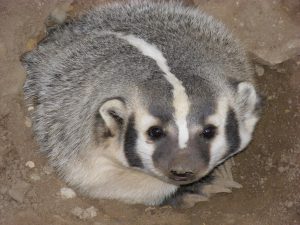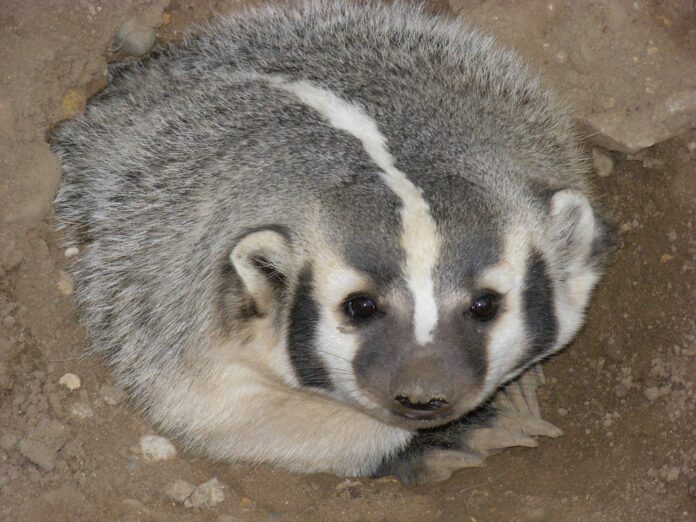BY HARRY WEEKES

2018 was dubbed “The Year of the Bird,” a designation I converted into a challenge in the form of dedicating my observations to our avian companions over the last 12 months. I successfully sent in 25 observations, which, depending on how you count an entry on ducks, touched on between 25 and 50 species of birds; less than 7 percent of North America’s over 750. Another way to look at that number is, at my current pace, I could write about birds for the next 30 years and never repeat myself. There is a certain comfort in this, to which I will no doubt return, even as I dedicate this entry to a natural happening of the mammalian kind.
There is a flat field at the mouth of Indian Creek. After Thanksgiving, this field was an unruffled blanket of white, until… toward the end of December, I noticed a volcano of dirt, complete with a central crater, piled in the snow. Looking around, there were three of these volcanoes. In some ways, I felt like I was flying into Portland, with Mount Hood pushing through a blanket of clouds. Then, I noticed the tracks.
Across the field, distinct tracks moved from the sagebrush perimeter, mostly directly, to each crater. Then, a familiar creeping “Oooohhhh” went through my mind. These were badger volcanoes. Or, more accurately, badger mines.
If you come to this same field in the spring and summer, you will find an increasingly rare sight in the valley—ground squirrels. These little squeakers pop up early, and can be seen romping around the fields, chasing one another in tight little circles, and standing entirely upright, “surveying the scene.” My favorites are those that climb up onto fenceposts for an even more expansive view. Earlier in the summer than you would think, they disappear, heading into their underground burrows, where they will spend an enormous amount of time hibernating, curled up in little balls waiting out the long winter.
Unfortunately, many predators don’t sleep. OK, they sleep, but not for months on end. Anyone who has come across a badger in the winter learns at least two things very quickly: one, that they are active; and two, that they can dig like mad. While these shufflers (someone once described their appearance as “a carpet being carried by ants”) eat all sorts of things, like worms and insects, they also have a bit of a badger-tooth for ground squirrel. And so, they shuffle along the snow, and through one of those small acts that is as miraculous as it is mysterious, they sniff out ground squirrels like some sort of predatorial witching stick. They cruise across a field and the dousing stick that is their nose turns down. And then, they dig.
While I can think of no worse way to wake up during a long winter’s nap, there is a powerful story in these badger-made nunataks and track patterns. This story is about rhythms and life and an ongoing energy constantly moving around us. The strength of these stories is as much in what they directly tell us as in the world they create in our minds, because even as all of the above evidence has been covered up, the narrative lives on.
Harry Weekes is the founder and head of school at The Sage School in Hailey. This is his 47th year in the Wood River Valley, where he lives with his wife Hilary and their three kids—Georgia, Penelope and Simon—a nice little flock.

